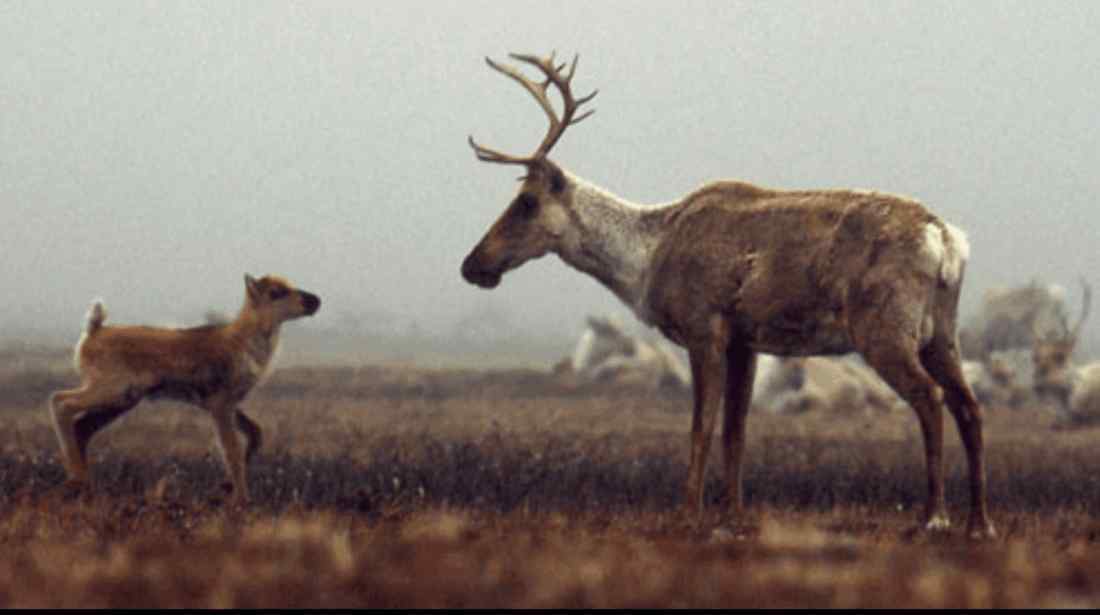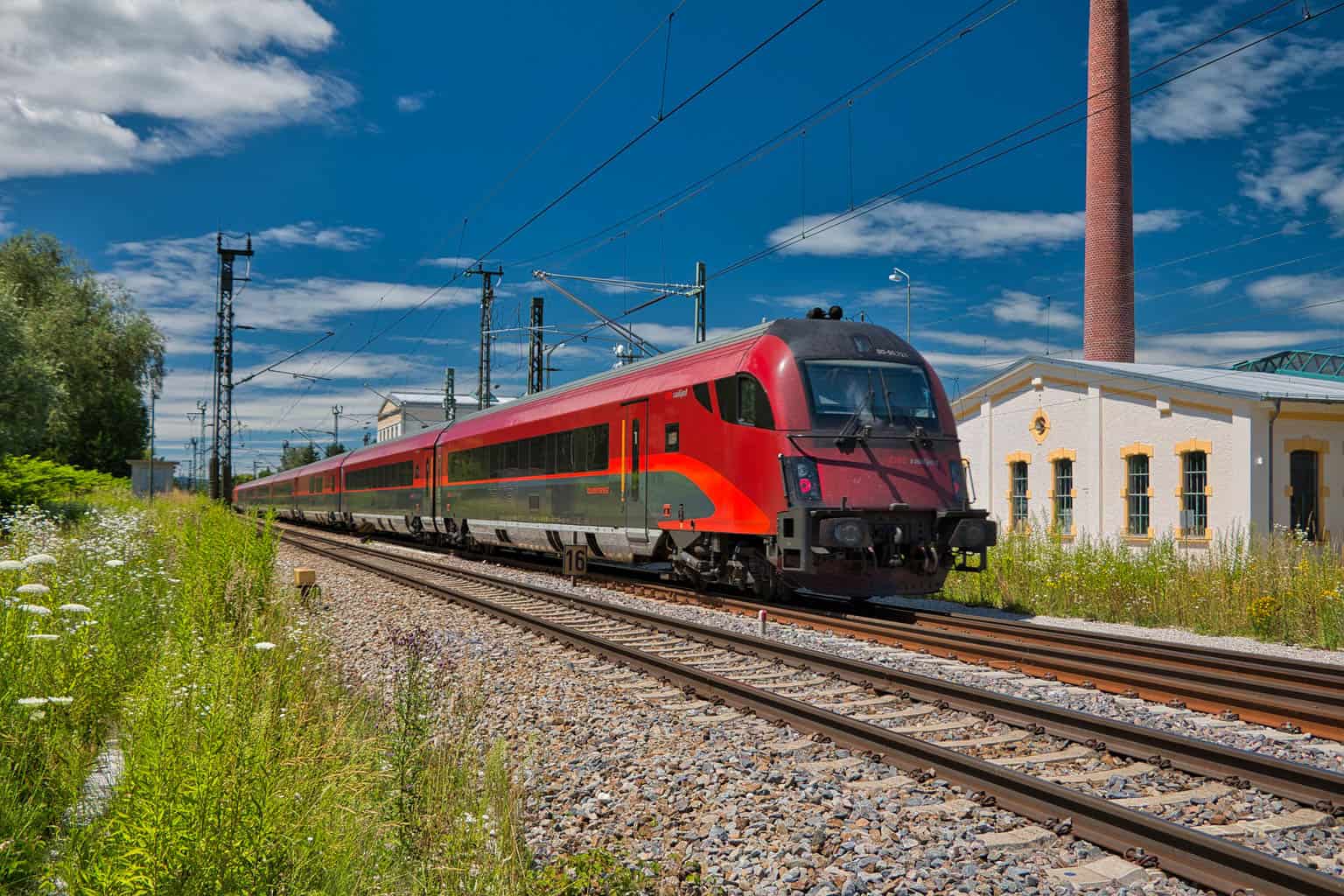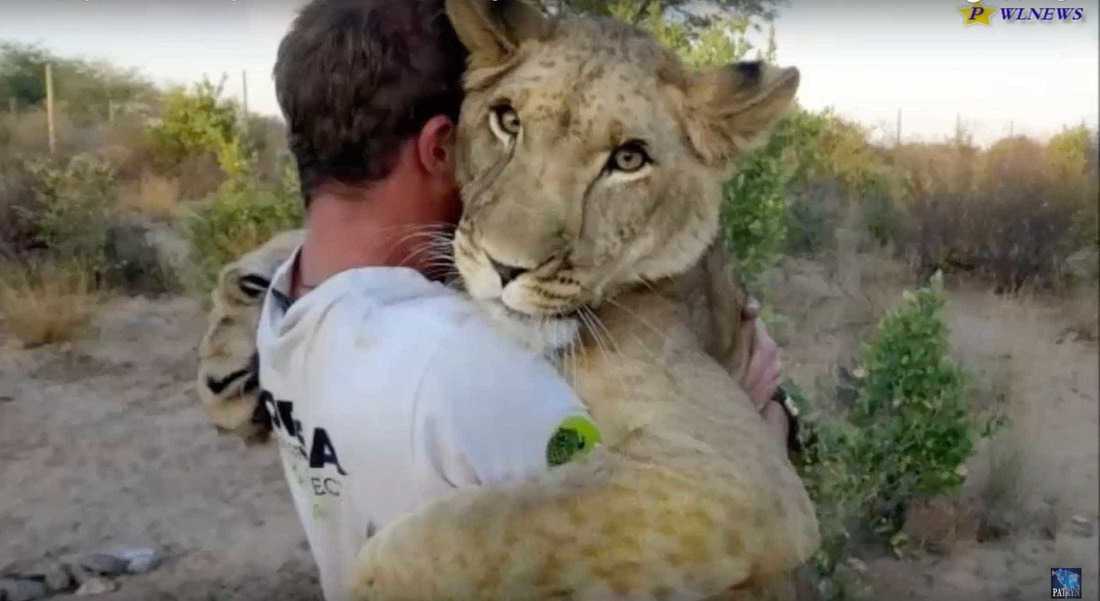How climate change affects traditional reindeer herding
The indigenous Sámi people of northern Norway, Sweden, Finland and Russia traditionally engage in semi-nomadic reindeer herding, using their meat, milk, hide, bones, and transportation capabilities. Reindeer herding is central for the economic development as well as the cultural preservation of Sámi people. However, this ancient practice is threatened by climate change. Arctic regions are facing the most extreme effects, with rates of global warming around four times higher in polar regions. This is transforming the traditional grazing landscape.
Climate change affecting grazing
Higher temperatures in the Arctic have increased the frequency of climatic events which usually occur once or twice a century. For example, if rain comes too early and falls on existing snowpacks, it will freeze and form an ice crust over the surface. This prevents herds from reaching lichen, their main food source; as such, many reindeer do not survive the season. Abnormal seasonal floods due to early snow melting also form barriers to reindeer herding and migration. In addition, forest fires caused by overheating also destroy lichen communities.
Direct human activity, including energy generation, forestry, mining and tourism infrastructure, also contribute to the loss of pasture lands. Wind farms, for example, are taking up Sámi land and preventing grazing. As a result of these activities, the biodiversity of reindeer calving grounds has halved in the last decade. The recent discovery of rare earth metals in Northern Sweden further threatens traditional Sámi lands, which do not always receive adequate protection from unsustainable development
Protecting reindeer husbandry
The IPCC cited protection of grazing lands as the most important climate adaptation measure for reindeer herders. Although reindeer husbandry is a protected livelihood, unsustainable industries are increasingly encroaching upon Sámi lands. Sámi and other indigenous people of the Arctic are living on the frontlines of climate change, but have historically been marginalised and excluded from decisions affecting their communities. Many indigenous communities have taken matters into their own hands. Across the Arctic, they have implemented training programmes for indigenous leaders and youth to preserve traditional knowledge and adapt to the degradation of grazing land.
The tightly coupled relationship of northern local communities and their environment provide an opportunity to better understand climate change and its effects, support adaptation, and limit unintended consequences.
Scientific research is naturally important to finding new solutions for Arctic regions. However, indigenous knowledge is a vital tool for devising adaptation strategies to climate change. This knowledge is far from a static or outdated system. Sámi communities have an intimate understanding of their environment and have had to adapt to changing climatic conditions for millennia. Increased cooperation of scientists with indigenous communities should be therefore be promoted. However, the clear long-term solution remains a global shift away from a fossil fuel based economy.









